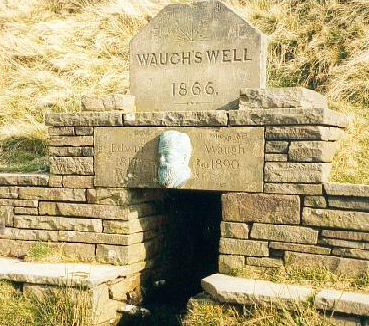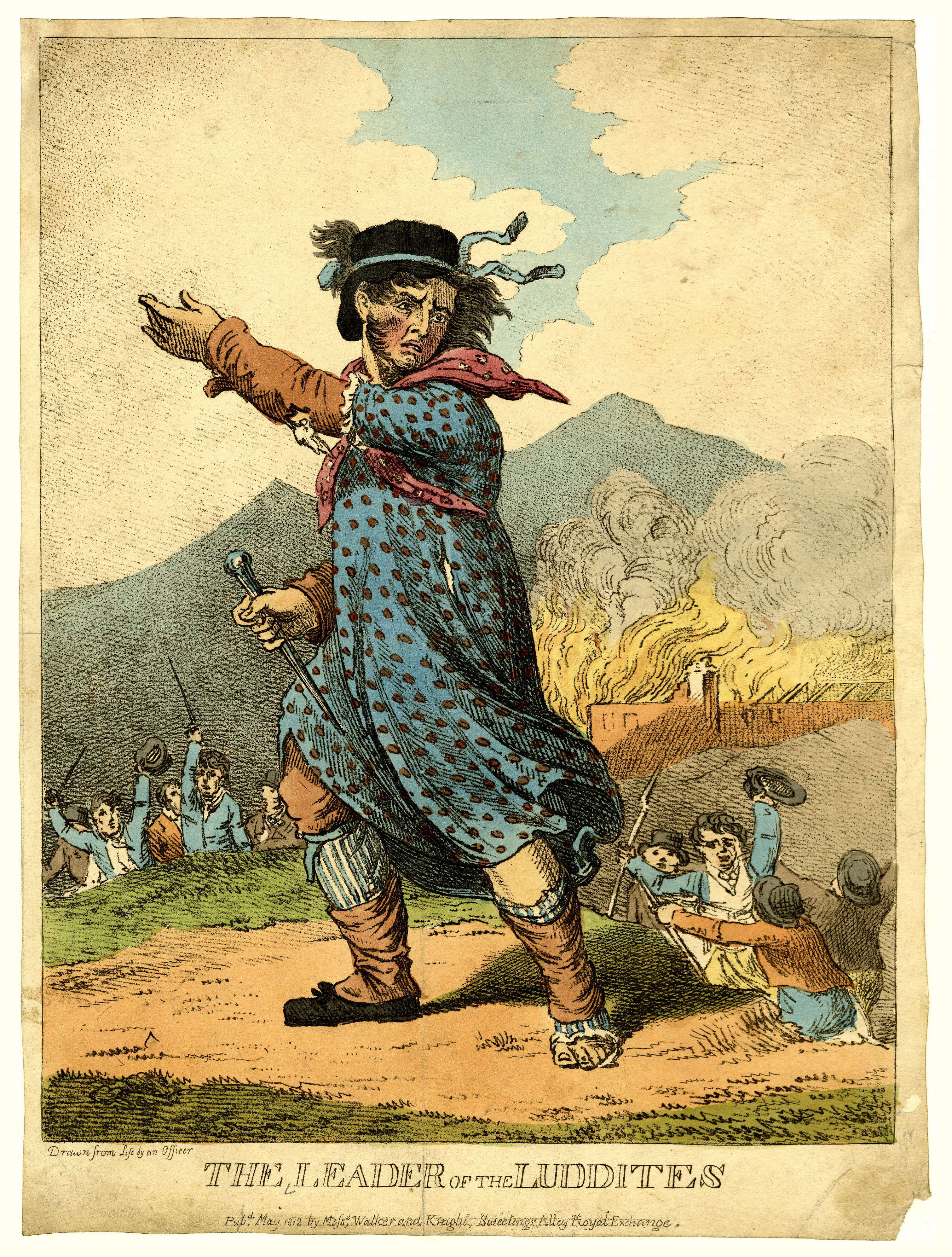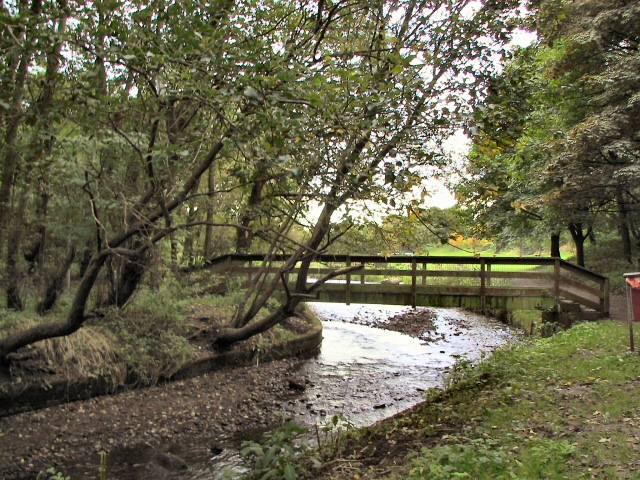|
Chatterton, Lancashire
Chatterton is a small village in the southern part of the Rossendale Valley, Lancashire, England. It is half a mile north of Ramsbottom town centre on the A676 between Bolton and Edenfield. For local government purposes, it receives services from Rossendale Borough Council and Lancashire County Council. Nearby are the village of Stubbins and the hamlet of Strongstry. Running alongside the village separating it from Strongstry is the River Irwell. Much of the land to the west of the village is in the care of the National Trust and consists of hillside pasture and woodland leading up to Holcombe Moor and Peel Tower. Parkland at Chatterton was given to the people of the district of Ramsbottom as a peace memorial by the Porritt family. Etymology Like Catterton in North Yorkshire and Chadderton near Oldham, the name ''Chatterton'' is formed from the Brittonic ''cadeir'', meaning "chair, throne" ( Welsh ''cadair'', see Blencathra and Catterlen in Cumbria), suffixed with Old ... [...More Info...] [...Related Items...] OR: [Wikipedia] [Google] [Baidu] |
Borough Of Rossendale
Rossendale () is a district with borough status in Lancashire, England, located along the River Irwell and spanning a large valley. It is located south of Burnley and east of Blackburn. The borough borders Greater Manchester to the south and borders the boroughs of Bolton, Bury and Rochdale. In the 2001 census the population of Rossendale was 65,652, spread between the towns of Bacup, Haslingden, Whitworth and Rawtenstall; the villages of Crawshawbooth, Edenfield, Helmshore and Waterfoot; and as well as Britannia, Broadclough, Chatterton, Cloughfold, Cowpe, Irwell Vale, Loveclough, Newchurch, Shawforth, Stacksteads, Stubbins, Turn and Weir. The population at the 2011 Census had risen to 67,922. The district was formed on 1 April 1974 under the Local Government Act 1972, from the municipal boroughs of Bacup, Haslingden, Rawtenstall, part of Ramsbottom Urban District and Whitworth Urban District. Rossendale is twinned with the German town of Bocholt, locate ... [...More Info...] [...Related Items...] OR: [Wikipedia] [Google] [Baidu] |
Peel Monument
:''See peel tower for the generic structure'' The memorial tower to Sir Robert Peel, high above Ramsbottom was planned and erected at the same time as Bury was preparing its statue to the then recently deceased statesman who was born in Bury. The tower occupies a prominent position on Harcles Hill (known locally as "Holcombe Hill" due to its location next to Holcombe village) 1,100 feet (335 m) above sea level. The monument is believed to have been designed by members of the memorial committee who included the local textile entrepreneur and philanthropist William Grant. Grant was said to have been respo ... [...More Info...] [...Related Items...] OR: [Wikipedia] [Google] [Baidu] |
King's Royal Rifle Corps
The King's Royal Rifle Corps was an infantry rifle regiment of the British Army that was originally raised in British North America as the Royal American Regiment during the phase of the Seven Years' War in North America known in the United States as 'The French and Indian War.' Subsequently numbered the 60th Regiment of Foot, the regiment served for more than 200 years throughout the British Empire. In 1958, the regiment joined the Oxfordshire and Buckinghamshire Light Infantry and the Rifle Brigade in the Green Jackets Brigade and in 1966 the three regiments were formally amalgamated to become the Royal Green Jackets. The KRRC became the 2nd Battalion, Royal Green Jackets. On the disbandment of the 1st Battalion, Royal Green Jackets in 1992, the RGJ's KRRC battalion was redesignated as the 1st Battalion, Royal Green Jackets, eventually becoming 2nd Battalion, The Rifles in 2007. History French and Indian War The King's Royal Rifle Corps was raised in the American colon ... [...More Info...] [...Related Items...] OR: [Wikipedia] [Google] [Baidu] |
60th Regiment Of Foot
6 (six) is the natural number following 5 and preceding 7. It is a composite number and the smallest perfect number. In mathematics Six is the smallest positive integer which is neither a square number nor a prime number; it is the second smallest composite number, behind 4; its proper divisors are , and . Since 6 equals the sum of its proper divisors, it is a perfect number; 6 is the smallest of the perfect numbers. It is also the smallest Granville number, or \mathcal-perfect number. As a perfect number: *6 is related to the Mersenne prime 3, since . (The next perfect number is 28.) *6 is the only even perfect number that is not the sum of successive odd cubes. *6 is the root of the 6-aliquot tree, and is itself the aliquot sum of only one other number; the square number, . Six is the only number that is both the sum and the product of three consecutive positive numbers. Unrelated to 6's being a perfect number, a Golomb ruler of length 6 is a "perfect ruler". Six is a co ... [...More Info...] [...Related Items...] OR: [Wikipedia] [Google] [Baidu] |
Riot Act
The Riot Act (1 Geo.1 St.2 c.5), sometimes called the Riot Act 1714 or the Riot Act 1715, was an act of the Parliament of Great Britain which authorised local authorities to declare any group of 12 or more people to be unlawfully assembled and order them to disperse or face punitive action. The act's full title was "An Act for preventing tumults and riotous assemblies, and for the more speedy and effectual punishing the rioters", and it came into force on 1 August 1715. It was repealed in England and Wales by section 10(2) and Part III of Schedule 3 of the Criminal Law Act 1967. Acts similar to the Riot Act passed into the laws of British colonies in Australia, Canada, and United States, some of which remain today. The phrase " read the riot act" has passed into common usage for a stern reprimand or warning of consequences. Introduction and purpose The Riot Act 1714 was introduced during a time of civil disturbance in Great Britain, including the Sacheverell riots of 1710, the ... [...More Info...] [...Related Items...] OR: [Wikipedia] [Google] [Baidu] |
Luddite
The Luddites were a secret oath-based organisation of English textile workers in the 19th century who formed a radical faction which destroyed textile machinery. The group is believed to have taken its name from Ned Ludd, a legendary weaver supposedly from Anstey, near Leicester. They protested against manufacturers who used machines in what they called "a fraudulent and deceitful manner" to get around standard labour practices. Luddites feared that the time spent learning the skills of their craft would go to waste, as machines would replace their role in the industry. Many Luddites were owners of workshops that had closed because factories could sell the same products for less. But when workshop owners set out to find a job at a factory, it was very hard to find one because producing things in factories required fewer workers than producing those same things in a workshop. This left many people unemployed and angry. The Luddite movement began in Nottingham in England and ... [...More Info...] [...Related Items...] OR: [Wikipedia] [Google] [Baidu] |
Catterlen
Catterlen is a small village and civil parish north west of Penrith, Cumbria. At the 2001 census the civil parish had a population of 471, increasing to 605 at the 2011 Census. The village is a linear one with the B5305 road dividing it into two. Junction 41 of the M6 motorway is at Catterlen. The parish of Catterlen also includes the slightly more populous village of Newton Reigny which was a separate parish from 1866 to 1934, previous to 1866 both villages were part of a larger Newton Reigny Parish. The large house and former pele tower known as Catterlen Hall is closer to Newton Reigny than Catterlen. Within the parish is the Newton Rigg College part of the Yorkshire-based Askham Bryan College. Etymology The name ''Catterlen'' is Brittonic in origin. The first part of the name is the element ''cadeir'', meaning "throne, chair" (see Chatterton and Chadderton Chadderton is a town in the Metropolitan Borough of Oldham, Greater Manchester, England, on the River Irk an ... [...More Info...] [...Related Items...] OR: [Wikipedia] [Google] [Baidu] |
Blencathra
Blencathra, also known as Saddleback, is one of the most northerly hills in the English Lake District. It has six separate fell tops, of which the highest is the Hallsfell Top at 2,848 feet (868 metres). Name For many years, Ordnance Survey listed Blencathra under the alternative name of Saddleback, which was coined in reference to the shape of the mountain when seen from the east. The guidebook author Alfred Wainwright popularised the use of the older Cumbric name, which is now used almost exclusively. Ordnance Survey currently marks the summit as ‘Saddleback or Blencathra’. It is likely that the name Blencathra is derived from the Cumbric elements *''blain'' ‘top, summit’ and ''cadeir'' ‘seat, chair’, meaning ‘the summit of the seat-like mountain’. Andrew Breeze has proposed an alternative interpretation of the second element of the name, arguing that it represents a Cumbric cognate of Middle Welsh ''carthwr'' ‘working horse’. Richard Coates has sug ... [...More Info...] [...Related Items...] OR: [Wikipedia] [Google] [Baidu] |
Welsh Language
Welsh ( or ) is a Celtic language of the Brittonic subgroup that is native to the Welsh people. Welsh is spoken natively in Wales, by some in England, and in Y Wladfa (the Welsh colony in Chubut Province, Argentina). Historically, it has also been known in English as "British", "Cambrian", "Cambric" and "Cymric". The Welsh Language (Wales) Measure 2011 gave the Welsh language official status in Wales. Both the Welsh and English languages are ''de jure'' official languages of the Welsh Parliament, the Senedd. According to the 2021 census, the Welsh-speaking population of Wales aged three or older was 17.8% (538,300 people) and nearly three quarters of the population in Wales said they had no Welsh language skills. Other estimates suggest that 29.7% (899,500) of people aged three or older in Wales could speak Welsh in June 2022. Almost half of all Welsh speakers consider themselves fluent Welsh speakers and 21 per cent are able to speak a fair amount of Welsh. The Wels ... [...More Info...] [...Related Items...] OR: [Wikipedia] [Google] [Baidu] |
Common Brittonic
Common Brittonic ( cy, Brythoneg; kw, Brythonek; br, Predeneg), also known as British, Common Brythonic, or Proto-Brittonic, was a Celtic language spoken in Britain and Brittany. It is a form of Insular Celtic, descended from Proto-Celtic, a theorized parent tongue that, by the first half of the first millennium BC, was diverging into separate dialects or languages. Pictish is linked, likely as a sister language or a descendant branch. Evidence from early and modern Welsh shows that Common Brittonic took a significant amount of influence from Latin during the Roman period, especially in terms related to the church and Christianity. By the sixth century AD, the tongues of the Celtic Britons were more rapidly splitting into Neo-Brittonic: Welsh, Cumbric, Cornish, Breton, and possibly the Pictish language. Over the next three centuries it was replaced in most of Scotland by Scottish Gaelic and by Old English (from which descend Modern English and Scots) throughout most ... [...More Info...] [...Related Items...] OR: [Wikipedia] [Google] [Baidu] |
Oldham
Oldham is a large town in Greater Manchester, England, amid the Pennines and between the rivers Irk and Medlock, southeast of Rochdale and northeast of Manchester. It is the administrative centre of the Metropolitan Borough of Oldham, which had a population of 237,110 in 2019. Within the boundaries of the historic county of Lancashire, and with little early history to speak of, Oldham rose to prominence in the 19th century as an international centre of textile manufacture. It was a boomtown of the Industrial Revolution, and among the first ever industrialised towns, rapidly becoming "one of the most important centres of cotton and textile industries in England." At its zenith, it was the most productive cotton spinning mill town in the world,. producing more cotton than France and Germany combined. Oldham's textile industry fell into decline in the mid-20th century; the town's last mill closed in 1998. The demise of textile processing in Oldham depressed and ... [...More Info...] [...Related Items...] OR: [Wikipedia] [Google] [Baidu] |
Chadderton
Chadderton is a town in the Metropolitan Borough of Oldham, Greater Manchester, England, on the River Irk and Rochdale Canal. It is located in the foothills of the Pennines, west of Oldham, south of Rochdale and north-east of Manchester. Historically part of Lancashire, Chadderton's early history is marked by its status as a manorial township, with its own lords, who included the Asshetons, Chethams, Radclyffes and Traffords. Chadderton in the Middle Ages was chiefly distinguished by its two mansions, Foxdenton Hall and Chadderton Hall, and by the prestigious families who occupied them. Farming was the main industry of the area, with locals supplementing their incomes by hand-loom woollen weaving in the domestic system. Chadderton's urbanisation and expansion coincided largely with developments in textile manufacture during the Industrial Revolution and the Victorian era. A late-19th century factory-building boom transformed Chadderton from a rural township into a major ... [...More Info...] [...Related Items...] OR: [Wikipedia] [Google] [Baidu] |

.jpg)


_025%.jpg)




